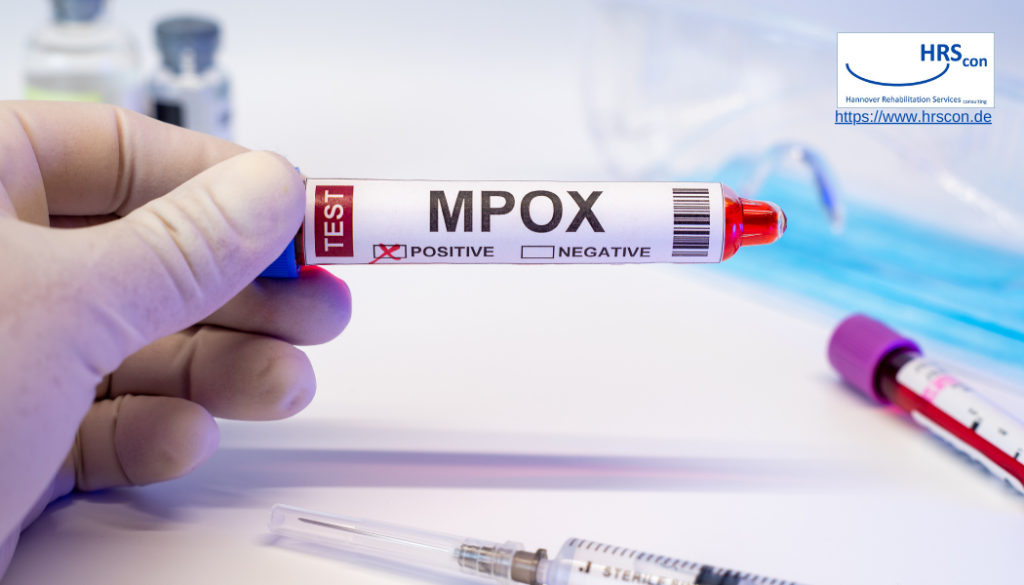Gene therapy represents a significant leap forward in medical science. It aims to correct or replace defective and abnormal genes. Complex and refractory diseases such as hereditary disorders, cancer, and rheumatic immune diseases can be treated. Traditional methods of gene delivery, primarily utilizing viral vectors, have faced challenges. These challenges include strong immunogenicity and potential infection risks. Recently, biomaterial-based gene delivery systems have emerged as a promising alternative. They offer enhanced stability and reduced immunogenicity. This article explores recent advancements in biomaterial-based gene therapy. It highlights theoretical foundations, methodologies, and applications in various medical fields.
Theoretical Basis of Gene Therapy
Gene therapy involves inserting a target gene into a patient’s cells. The gene becomes part of the host’s genetic material. Consequently, the desired gene is expressed. This approach aims to correct genetic defects or provide new cell functions. There are various strategies within gene therapy.
- CAR Gene Therapy: T-cells are modified to express receptors that target cancer cells. This method offers a personalized approach to cancer treatment.
- RNA-Based Gene Therapy: RNA molecules are utilized to silence or express specific genes. This approach is useful for conditions needing tight gene expression regulation.
- CRISPR/Cas9-Mediated Gene Therapy: This revolutionary technique allows precise genome editing. Potential cures for genetic diseases can be offered by correcting DNA mutations.
Exogenous Gene Transfer Methods
Gene delivery methods are broadly categorized into physical methods, viral vectors, and nonviral vector delivery systems.
- Physical Methods: Techniques like electroporation, microinjection, and gene guns introduce DNA into cells. However, they are often limited by cell type and efficiency.
- Viral Vectors: These are commonly used due to high efficiency. However, they can cause immune responses and carry insertional mutagenesis risks.
- Nonviral Vector Delivery Systems: These include liposomes, peptides, polymeric nanoparticles, inorganic nanoparticles, dendrimers, and extracellular vesicles. They are designed to overcome the limitations of viral vectors. They offer biocompatibility, reduced immunogenicity, and targeted delivery.
Biomaterial-Based Nucleic Acid Delivery Systems
Biomaterials have gained significant attention for their potential to improve nucleic acid delivery and stability. Various biomaterial-based systems have been developed, each with unique properties and applications.
- Liposomes and Their Derivatives: Liposomes encapsulate nucleic acids. Consequently, they are protected from degradation and facilitate cellular uptake.
- Peptides: Peptide-based carriers interact with cell membranes. They enhance the delivery of genetic material into cells.
- Polymeric Nanoparticles: Polymers such as polyesters, polyethyleneimine, and polyethylene glycol form nanoparticles. These protect and deliver nucleic acids efficiently.
- Inorganic Nanoparticles: Materials like gold and silica nanoparticles offer unique properties for gene delivery. These include ease of functionalization and controlled release.
- Dendrimers: These branched, tree-like structures provide multiple attachment points for nucleic acids. They facilitate efficient delivery.
- Extracellular Vesicles: These natural carriers of genetic material can be engineered to deliver therapeutic genes to target cells.
Further Delivery Strategies
Innovative delivery strategies are continuously developed to enhance the effectiveness and specificity of gene therapy.
- Microneedles: These minimally invasive devices deliver genes directly to the skin. They offer a painless alternative to injections.
- Microspheres: Encapsulating nucleic acids in biodegradable microspheres allows controlled release and targeted delivery.
- Hydrogels: These gel-like materials encapsulate and release genetic material in response to specific stimuli.
- Scaffolds: Providing structural support, scaffolds deliver genes to specific tissues. They promote regeneration and repair.
Applications of Biomaterial-Based Gene Delivery Systems
Biomaterial-based gene delivery systems are applied across various medical fields. They demonstrate versatility and potential.
- Genetic Vaccines: Biomaterial-based systems enhance genetic vaccine delivery and effectiveness. They offer protection against infectious diseases and cancer.
- Gene Therapy for Clinical Diseases:
- Genetic and Rare Diseases: Targeted gene delivery corrects genetic mutations. It offers potential cures for conditions like cystic fibrosis and muscular dystrophy.
- Neoplasms: Gene therapy targets and destroys cancer cells. It reduces tumor growth and improves survival rates.
- Bone Defect Repair and Regeneration: Gene delivery systems promote bone tissue healing and regeneration. They offer new treatments for fractures and osteoporosis.
- Neurodegenerative Diseases: Gene therapy holds promise for treating Alzheimer’s and Parkinson’s disease. It delivers neuroprotective genes.
- Ophthalmic Diseases: Targeted gene delivery restores vision in conditions like retinitis pigmentosa and age-related macular degeneration.
- Cardiovascular Diseases: Gene therapy promotes damaged heart tissue repair. It improves cardiovascular health.
- Dermatological Diseases: Biomaterial-based systems deliver therapeutic genes to the skin. They treat conditions like psoriasis and wound healing.
- Rheumatoid Arthritis: Gene therapy modulates the immune response. It reduces inflammation and joint damage.
Conclusion
Biomaterial-based gene therapy represents a significant advancement in medical treatment. It offers solutions to overcome the limitations of traditional viral vectors. By enhancing the stability and delivery efficiency of nucleic acids, biomaterials pave the way for more effective and safer gene therapies. As research continues to evolve, these innovative delivery systems hold the potential to revolutionize the treatment of a wide range of diseases. They bring us closer to personalized and precision medicine.
This comprehensive overview underscores the promise of biomaterial-based gene therapy. It addresses some of the most challenging medical conditions, heralding a new era in therapeutic interventions.




